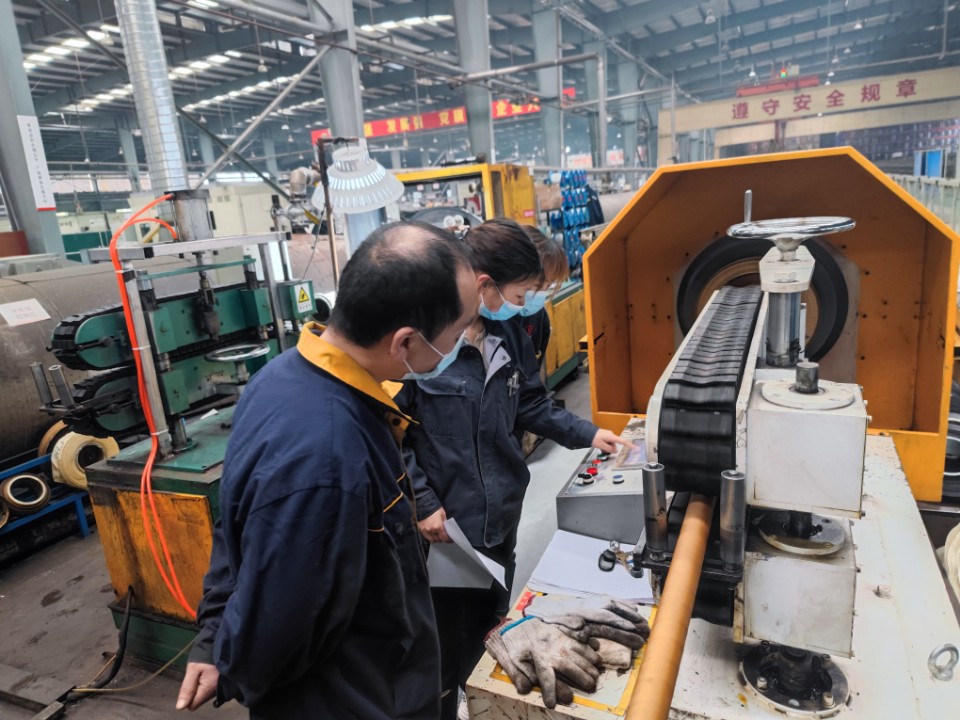EPDM hoses are one of the best materials for vehicle-hoses
2023-02-16 15:18:36
EPDM hoses are one of the best materials for vehicle-hoses. They can last many years if they are properly maintained. Another type of hose is silicone rubber, which is usually blue in color. These hoses are more resistant against pressure and higher temperatures than EPDM hoses, making them more durable.
The production process for EPDM hose starts with polymerization of ethylene and propylene in a low-viscosity solvent. The polymerization solvent is then supplemented by stabilizers. Then, hot water is added to flash off any unreacted monomer. The remaining polymer is then dried using mechanical presses, drying ovens, and dewatering screens. The resulting hose can be used at temperatures ranging from -40 degrees Celsius to 150 degrees Celsius. The hose can also be peroxide-cured for higher temperatures.
EPDM hoses can be used in a variety industrial and automotive applications. They are versatile and have excellent thermal and chemical resistance. In addition, they are also extremely flexible, making them perfect for a wide range of applications. EPDM rubber hoses can be used for air and water, but they are also suitable for light chemical and agricultural applications.
Despite these benefits, EPDM is not an ideal material for every application. EPDM is often mixed with plasticizers and fillers. It becomes rubbery only after it has been crosslinked. This process typically includes sulfur, but other chemicals such as peroxides or phenolic resins can also be used to crosslink EPDM. EPDM is flexible and has a good tensile strength making it a good choice for hoses.